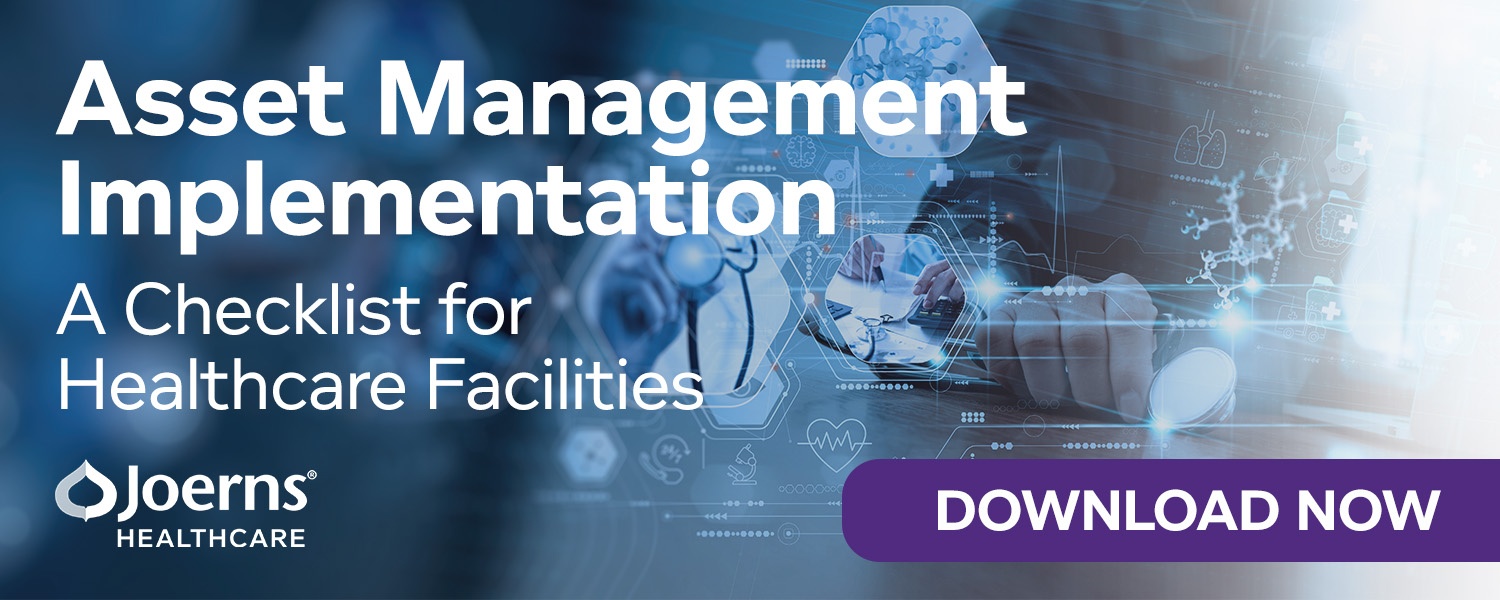Healthcare organizations face rising costs and a complex technology landscape, making justifying a budget for infrastructure, equipment, and technology more complicated than a few years ago. However, new tools are being developed to empower healthcare organizations to deliver better patient care, adopt more efficient workflows, and improve inventory control.
One such tool is the emergence of sensor and data distribution networks for automated facility tracking. However, understanding the nature of different tracking technologies is essential to realizing their potential and justifying the cost to administrators of which types (infusion pumps, wheelchairs, etc.) were needed, how those devices were used, and where they were used or stored.
The overwhelming perception in most hospitals is a shortage of mobile medical devices such as infusion pumps. Biomedical engineers spend an excessive amount of time looking for equipment. Many anecdotal stories show how these engineers spend 85% of their time locating the last 15% of untracked devices when performing preventative maintenance.
In addition, caregivers often spend too much time searching for limited equipment, such as bladder scanners. As a result, they may hoard critical care equipment to ensure the right equipment is readily available for patients. This behavior reinforces the perception of the device shortage.
Asset Tracking: A New Horizon for Hospitals
Hospitals realize they may be spending more than they need to buy and maintain excess equipment. The advent of location tracking technology has enabled a more accurate assessment of the precise number, location, and functionality of medical facilities, allowing hospitals to improve patient care and reduce capital expenditures and inefficient staff use.
Automated inventory tracking is a strategic choice for many hospitals for these and many other reasons. With an RTLS system, hospital staff can significantly improve their performance in meeting critical accreditation regulations and enhancing patient safety by efficiently carrying out their programmed maintenance obligations and quickly locating and decommissioning recalled equipment.
With growing financial pressures and healthcare accountability demands, hospital administrators are beginning to consider the need for tracking technologies seriously. Asset tracking is something that most healthcare industry experts, including KLAS Research and ECRI Institute, believe will help hospital departments do their jobs better and run hospitals more efficiently. Although not everyone shares this opinion, more and more hospitals will adopt new automated asset tracking methods.
Historically, the priority for capital expenditures has generally been on revenue-generating purchases such as computed tomography (CT) and magnetic resonance imaging (MRI) scanners.
Today, priorities are shifting as the value of asset tracking becomes better defined. More and more hospitals understand that they can achieve significant cost savings by reducing capital expenditures through better asset management and operational improvements within support services and clinically.
Another important consideration is recognizing the system’s potential impact on improving other hospital processes for nursing, patient transport, environmental services, materials management, etc. Executive leadership advocacy and commitment are critical throughout the technology adoption process.
A Team Approach to an Efficient Asset Management Program
Hospital management must also recognize that the power of an accurate RTLS lies in its ability to develop usage statistics for mobile medical devices to support informed investment decisions. Management should be aware that an inadequate location tracking capability will fail to provide the accurate room-level location information needed to support more demanding applications such as workflow management and patient tracking.
IT staff, biomedical professionals, and hospital management must work together to implement a system that best meets everyone’s needs, increase location accuracy, expand data availability, and reduce wasted time and resources.
Benefits of an Efficient Asset Management Program
Beyond desiloing, asset tracking can have a variety of other benefits for your healthcare organization:
- Reduction in capital expenditures on purchasing assets and inventory
- Reduction in capital and operational spending in leasing and managing equipment Labor savings through automated data collection and transmission
- Labor savings through improved visibility into process status
- Improvement in cost accounting through automated data collection
- Reduced nursing effort
- Reduced care-provider turnaround rate due to improved job satisfaction
- Increased patient throughput
- Reduced patient subversion
Conclusion
The valuable data that tracking systems generate enable a comprehensive understanding of how well devices are being used and at what cost. Armed with better location visibility, hospitals are better positioned to increase staff efficiency, minimize wasteful expenses and time, maximize device utilization, and provide exceptional patient care.
